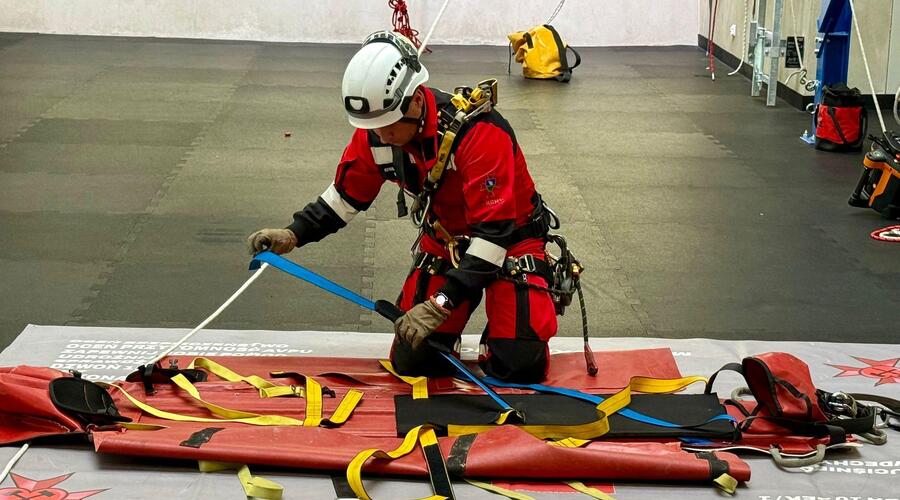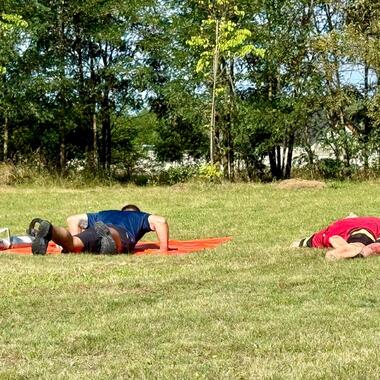Rescuers from KGHM divisions competed in Sobin
The rescue teams, which take care of the safety of KGHM employees on a daily basis, participated in the annual test of knowledge and skills. Seventy-four rescuers representing all of the company's mining facilities participated in the 24th Rescue Team Competition in Sobin. As always, the biggest winner was the safety of the KGHM staff.
‘Our aim is to continuously strengthen competences and exchange experiences between our teams. This is extremely important both during our training and in rescue operations under conditions of real danger’, said Marcin Górski, General Director of KGHM's Mine and Smelter Rescue Unit (MSRU). ‘Teams consisting of mine rescuers and firefighters from all divisions of the MSRU participate in the competition. The formula that has been adopted over the years shows that the key to success, in addition to knowledge, skills and experience, is trust and cooperation within the team’, he added.
Unique skills
KGHM's rescue teams competed in six categories: rescue crossfit, rescue knowledge, rescue equipment mechanics, pre-medical first aid, high-altitude activities using mountaineering techniques and fitness tasks replicating a rescue operation. The number and substantive nature of the competitions illustrate the complexity of mine rescue and, in particular, the range of knowledge and skills required to perform the tasks at hand safely.
‘The competition is not only a place for competing in team and individual categories, but also an excellent opportunity to test the validity of the organisational and technical solutions introduced. Our aim is to prepare rescuers as well as possible for the extremely difficult and demanding conditions that accompany their underground operations,’ added Marcin Górski.
KGHM rescuers have been among the best in the country for years. Their high competence is due not only to their excellent training and commitment to others. It is also the result of KGHM's strategic investments in the health and safety of its employees, who know that they are looked after by the best when they go to work.
Modern infrastructure
This year's competition took place, among others, at the Medical and Altitude Training Centre - a specialised facility commissioned for use by KGHM's Mine and Smelter Rescue Unit in February this year.
The centre enables advanced training in, among other things, the safe performance and management of work at height, as well as, eventually, specialised ITRA, IRATA and OTDL courses. The facility, with its carefully planned training stations, enables safe training in confined spaces (wells, ducts, chambers) and emergency evacuation, i.e. working on flat and sloping roofs, trusses and gantry cranes, as well as the operation of various belaying systems. The centre also has a station for training in a simulated storage tank for the height section of mine rescuers.










